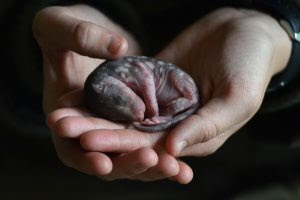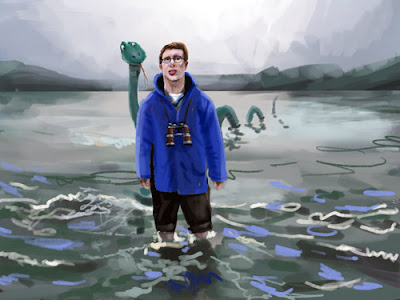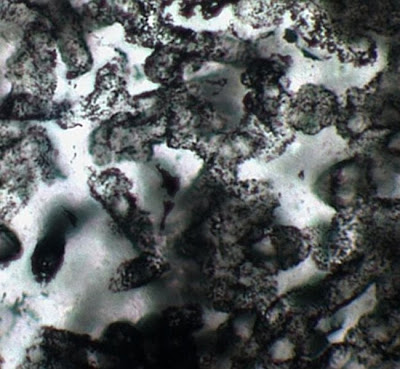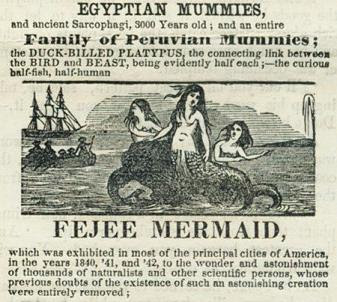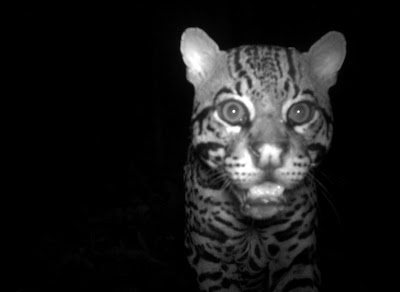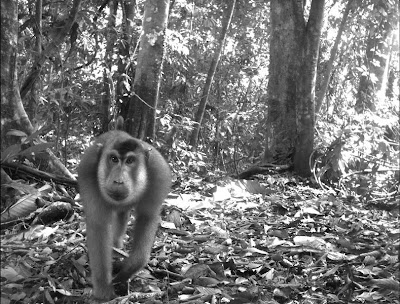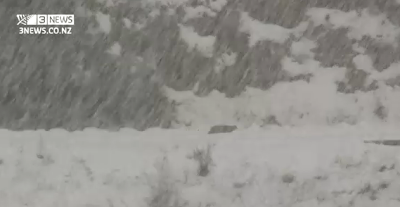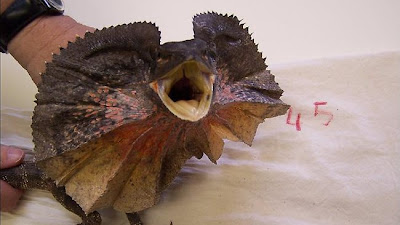 |
| Frilled neck lizard. |
EVEN pygmy spiny-tailed skinks have DNA which can link them to the scene of a crime.
More used to investigating murders, ex-homicide cop Steven James is now part of a crack team of investigators taking on
one of the fastest-growing criminal industries - the illegal trade in Australian wildlife. Acting on a tip-off, the squad found the seven pygmy spiny-tailed skinks among about 100 other animals when they raided the Northmead home of a 52-year-old reptile collector. The collector said he had bought them from a registered breeder.
The state Office of Environment and Heritage investigators suspected the skinks were poached from their native rocky crevasses up in the Pilbara region of Western Australia.
It is a cruel trade, wrecking their natural habitat because the tightly-packed rocks are smashed apart to get to the prized skinks that carry a price of up to $3000 each. For the first time in NSW, investigators used DNA to solve a wildlife crime.
 |
| Pygmy marmoset monkey. |
With the help of Taronga Zoo and the Australian Museum, blood taken from the seven skinks was compared with blood taken from skinks belonging to the registered breeder. The DNA should have linked the seven skinks as siblings and matched them to their parents and grandparents. It didn't.
The seven skinks are now microchipped and living at Perth Zoo. The man was fined $300 via a penalty notice. Animal smuggling is now a $US20 billion international trade, second only to drugs. Hardened criminals are attracted to it for its high profits despite the maximum sentences of 10 years' jail and a $110,000 fine if caught. Welcome to the new era of CSI: Wildlife Crime.
The OEH's secretive Special Investigation Unit is a team of 10 working on the more complex and large investigations in a notoriously cruel business, with smuggled animals suffering stress, dehydration or starvation and dying in transit.
According to sources, five investigators are based in rural NSW, the others in the city - of which three are ex-NSW police, while Mr James is ex-Victorian homicide.
Animal crime has moved on from a small-scale under-the-counter trade in pets.
The Australian Crime Commission this year revealed criminal groups linked to the illegal trade in wildlife were highly specialised and had networks, methodologies and illicit markets. Sometimes drugs are the currency of payment.
Native animals including western bearded dragons, parrots, thorny devils, northern green tree frogs and oblong turtles were among 36 reptiles and amphibians seized in 600 operations as part of the Interpol-led Operation RAMP.
Some of those arrested were also found with drugs and stolen property.
That is not including the cross-border smuggling out of the country, with animals hidden inside ornaments, books, stuffed in cigarette packets, worn inside wigs and carried in specially built vests.
"We're seeing a relatively low, but growing, level of organisation and sophistication in those who commit wildlife (crimes) locally," Mr James, 41, said yesterday.
Last night he was awarded a Winston Churchill Fellowship Trust grant that will take him to Interpol headquarters in Lyon, France, and forensic science labs of the US Fisheries and Wildlife Service, the world's only dedicated wildlife labs. He also liaises with the UK National Wildlife Crimes Unit based in Scotland, which collates intelligence on wildlife crime in Britain. Mr James said he hoped his research would lead to the establishment of a national database for wildlife crime in Australia.
WA already has a large database of DNA.
The file includes many of its native species, including pythons and black cockatoos.
"We're lucky to have a growing group of forensic scientists in Australia passionate about combating wildlife crime," he said.





